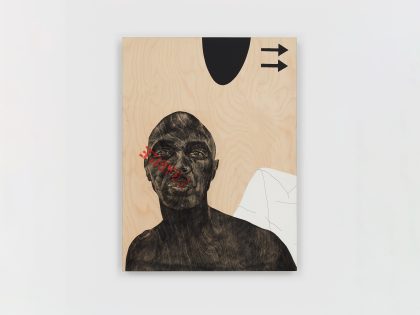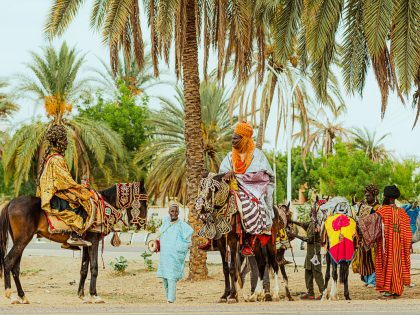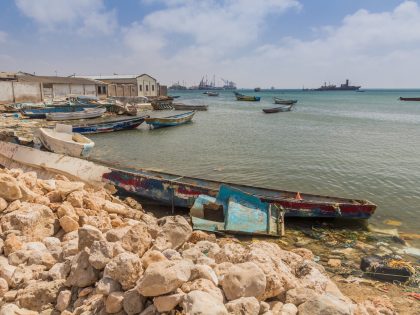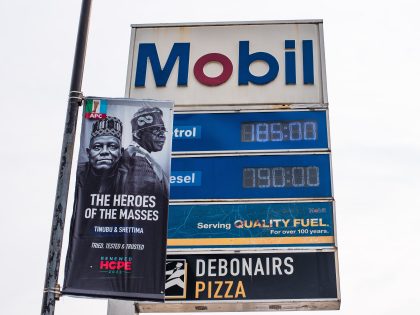The graphic first 50 years of Congo’s independence
A graphic novel written and illustrated by a group of Congolese graphic artists, take stock of a half-century of independence for the DRC.

Part of the cover art for the graphic novel, 'Congo 50.'
When asked in 2009 how he would celebrate Congo’s 50 years of Independence the next year, the Congolese comic creator Asimba Bathy reacted surprised. In response, he set to work to create a graphic novel about Congo and its recent past with colleagues at the Belgium-based organization Africalia. The novel has been in stores since June 2010 and is one of the very few books published this year written by a group of Congolese authors. With Belgian book stores stacking piles of new books on Congo, most of them looking bleary-eyed at its own fraught past in relation to its former colony, “Congo 50” comes as a timely reminder of the almost absolute absence here in the Low Countries of books about Congo as told or written by Congolese writers. 
Before moving to the drawing table, Asimby Bathy and his research team delved into the archives and came up with a scenario. Seven other comic creators (Cara Bulaya, Jules Baïsole, Didier Kawende, Fati Kabuika, Djemba Djeis, Tetshim Tshamala and Jason Kibiswa), all members of the Congolese collective Kin Label, came aboard, bringing along their own graphic styles.
All of them are heavily influenced by Hergé’s Ligne Claire (‘Clear Line’). And all of them were asked to draw six pages in the life of twins Dipenda and Lipenda, baptized on June 30, 1960, the day of Congolese Independence. Although the different styles sometimes make for some paging back-and-forth, the final story-line and Bathy’s color editing harmonize the different contributions into a fast-paced and poetic overview of Congo’s history as seen through the eyes of Dipenda and Lipenda. The book has a clear educational aim (how do you tell your children a people’s story when the only literal histories available are covered in dust and prejudices?) and succeeds as such.
As Mirko Popovitch, head of Africalia puts it in his presentation of the book: “This introduction to half a century of history is not a work of science. It is both the result of the collective memory in Congo and an artistic interpretation of the people’s imagination. We hope this cultural evocation of the history inflames desire to get to know each other better and to help us build a ‘global village.”
The authors have high hopes this book will also be sold and spread in Congo. The Congolese ambassador’s presence at the book launch might be a start. For now it is only available in French and Dutch.
There is little politics in here, and lots of street life. As we like it. But the cover bears something: not unlike his ghost hovering over Belgium’s contemporary public relation to its Congolese brethren, Lumumba’s profile in the back is separated from Congo’s four past presidents by Congolese people’s silhouettes. It is not clear in whose direction they are looking at.
You’ll find some footage of the book launch including an interview with Bathy (in Dutch and French) here (the 24 June bulletin: min. 10:08).



















